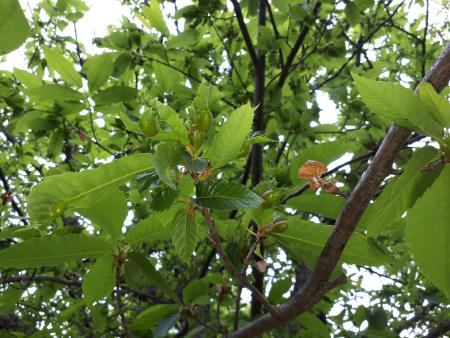
Objective:
The aim is to determine different levels of sensitivity of different cultivars to the chestnut gall wasp. Among the cultivars that have been evaluated are interspecific hybrids and traditional European cultivars.
Context:
Tests to determine cultivars resistant to chestnut gallwasp had been conducted in Japan (Kajiura and Machida 1961). However, some cultivars that appeared to be resistant were subsequently infected. The present research proposes to evaluate the sensitivity of a representative catalogue of cultivars in Europe in order to ensure better yields in chestnut groves. To this end, during 3 years, 41 cultivars, 7 interspecific hybrids, were infested in a controlled manner, recording the number of galls afterwards.
Contacts:
C. Sartor, R. Botta, F. Dini, D. Torello Marinoni Dipartimento di Scienze Agrarie, Forestali e Alimentari
Universita' degli Studi di Torino
ITALIA
Further information:
C. Sartor, R. Botta, F. Dini, D. Torello Marinoni Dipartimento di Scienze Agrarie, Forestali e Alimentari
Universita' degli Studi di Torino
ITALIA